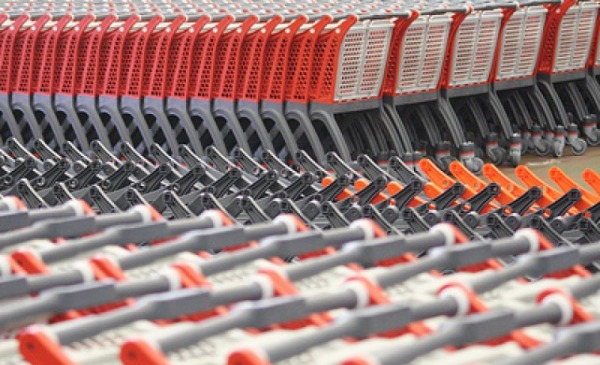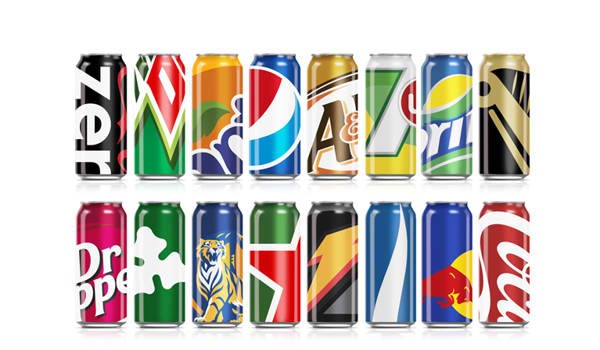Why has Tide been a top detergent brand for so long? Why is Heinz Ketchup, popular everywhere, still so particularly popular in Pittsburgh?
Tide has a 40% share of the market and has held this market lead for decades even though it’s more expensive than its competitors. Heinz, launched in Pittsburgh in 1876, has a better share in its hometown than in other cities. Tide and Heinz are just two examples. There are countless other longtime packaged goods market leaders and many other brands that have their best share in their home market* Why?
Eight Theories That Don’t Work (at least not completely)
1. Product superiority: Tide works better, smells fantastic. Heinz is thicker, has a secret formula. No doubt that actual product quality plays a role but it doesn’t explain why Heinz does better in Pittsburgh than anywhere else. Blind taste and use tests often show no significant difference between brands. Other factors are in play.
2. Buy Local: Local people support local brands and local brands support the local economy. Seems logical for Heinz which has always been active in a fiercely loyal community but it doesn’t explain why, for example, Milwaukee’s Miller Beer has always done so well in Chicago. (But maybe that’s, in part, because it’s at least not St Louis’ Anheuser-Busch.)
Consumer-Based Theories
3. Mother Knows Best/Habit: This can be a factor. Buying Tide/ Heinz may be for some a tradition passed down in the family from generation to generation. Buying products with this heritage is both reassuring and familiar and gives you one less thing to think about when you are at the store.
4. Conditioning: After a while, people get used to certain aspects of products that may be technically quite similar. The taste of Heinz, the smell of Tide, the thickness, the packaging, the color.
Competition-Based Theories
Then there are theories that speak to the power and advantage that a leader enjoys and can leverage:
5. Distribution advantages: Market leaders become retailers’ category captains influencing what gets on the shelf and benefit from being able to justify more skus than anyone else. Tide’s “wall of orange” crowds out everyone else at the point of purchase.
6. Fixed Costs: Many of the costs of doing business as a CPG company are fixed. Trade ads, for example. These can be absorbed with much less P&L impact by Tide than by smaller players giving Tide a continuing margin advantage that it can either bank or spend on other marketing activities.
7. Brand Equity/Marketing Investment: One place that they can spend those extra dollars is building up brand equity and connecting the brand to the important category drivers. Years of marketing spending build a strong brand foundation that’s difficult to undermine.
8. Competitors Are Followers: In large part, competitors have not tried or been able to disrupt the category by coming up with big enough product innovations.
This phenomenon is more pronounced in CPG products than in other categories. Being one-time leaders hasn’t helped retailers like A&P, Sears and Kmart. It’s not helped Yahoo!, aol or many others in the technology sector either.
Perhaps that’s because CPG products differentiate more by their identity than by physical factors? If consumers can’t differentiate between products (at least not in blind tests), they need to rely on other factors to make their decisions.
So, Can Anything Dislodge A Package Goods Market Leader? Yes, If:
1. The Leader Falls Sleep At The Wheel: The #1 brand is well protected from the competition for the reasons described above. And usually such brands have time to recover even if they make a series of missteps (New Coke?). But protracted neglect and no marketing investment may give challenger brands at least an opportunity.
2. Big Market Changes Happen That Disrupt The Model: Typically, the pace of change in CPG is relatively slow compared to other categories (like consumer electronics) and there’s less chance of a leader being caught completely unawares of new trends. Changing demographics (e.g. the rising influence of the Hispanic consumer, preference for healthier, natural foods) can have an effect and certainly creates opportunities for brands that previously were considered niche to become more mainstream (e.g. Nescafe Clasico).
3. Category Reinvention: What business is Heinz in? Just ketchup? All condiments? BBQ vs. other meal choices? In the end, the biggest danger for market leaders like Heinz may come from the declining relevance of their categories. If ketchup becomes a less important part of the American dining experience, Heinz will suffer even it stays the leader. And, today, all packaged goods are suffering from the center-aisle problem with fresh alternatives on the perimeter gaining ground.
Bottom Line: If you are a #1 brand in a CPG category, congratulations. You are in a strong competitive position for all sorts of reasons. Unfortunately, you’ve still got plenty to worry about. Retailers are scaling back shelf space for packaged goods to give more room to fresh products and, at the same time, they are launching own-label brands that are becoming more and more of a threat. That’s where the real battle is these days.
* Current share in markets of origin for brands launched back in the late 1800s and early 1900s is 12 percentage points higher than their national share. Source: Brand history, geography and the persistence of brand shares by Bart J. Bronnenberg Tilburg University, Sanjay K. Dhar University of Chicago Booth School of Business, Jean-Pierre H. Dubé, University of Chicago Booth School of Business
The Blake Project Can Help: Measure The Equity Of Your CPG Brand
Branding Strategy Insider is a service of The Blake Project: A strategic brand consultancy specializing in Brand Research, Brand Strategy, Brand Licensing and Brand Education




